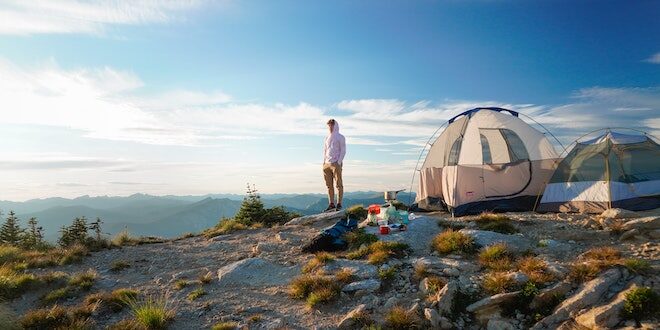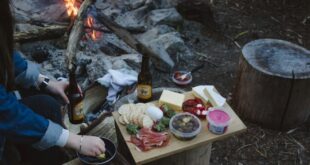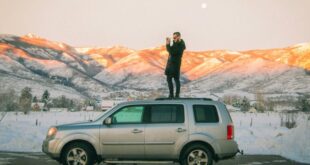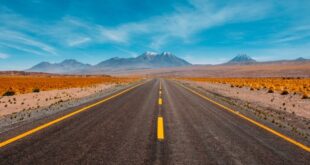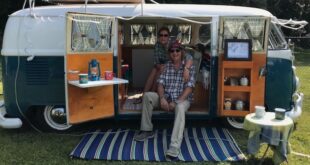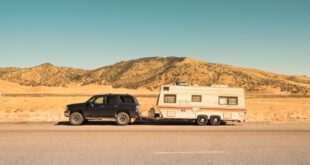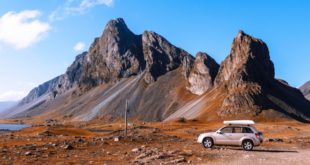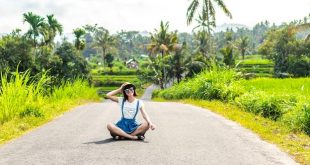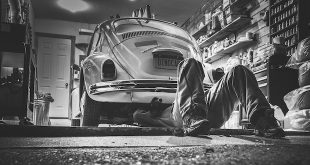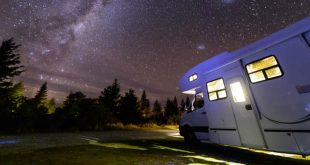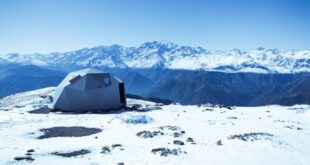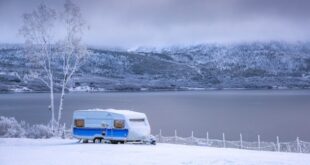Last Updated on February 14, 2023
Experienced hikers know what to bring with them on a camping trip, but for beginners, compiling a list of necessary things is often confusing. On the one hand, they do not want to burden themselves with an extra load, especially if they have to travel on foot, on the other hand, they are afraid to forget some of the little things, without which it will be difficult to do in the conditions of a “wild” holiday. It is difficult for novice outdoor enthusiasts with tents to imagine how even minimal comfort can be created for themselves in hiking conditions. But there are, it would seem, little things that are given little attention in ordinary life, but they often become a real salvation for tourists.
We restrict ourselves to a universal list of things needed for a hike with a tent (without a car). Separately, we recall the certifying documents. They need to be carried with you, for example, in a compact chest bag.
1. Backpack
View this post on Instagram
It should be roomy, comfortable, practical and waterproof. Here you should pay attention to the number of pockets (the more, the better), the material of manufacture (durable and non-staining), the straps (wide and soft), the quality of the snakes, connecting carabiners and locks. Remember to take a flashlight with you in your backpack. If you do not have one – find them here.
Advice. Choose the size and volume of the backpack for a specific person so that he does not feel any discomfort on the way.
You may also like: How to Find the Best Camping Apps to Get the Most Out of Your Trip
2. Necessary little things
View this post on Instagram
Not a single trip is complete without a tourist hatchet and a camping folding shovel. They help in setting up a tent, preparing dry wood for a fire and cleaning up after themselves a place to rest. Also useful: clothesline, dry alcohol for warming up food or kindling a fire, hunting matches, flashlights – regular rechargeable and headlamp (don’t forget an extra set of batteries). Take with you a compass, a map of the area, a radio, power banks for charging phones (the amount depends on the duration of the hike), and sewing accessories – thread, needle and small scissors.
For an inflatable travel mat, you will have to grab a light and compact foot pump. For summer holidays in tents on the shore of the reservoir – sunglasses. When looking for the right ones, make sure to choose sunglasses with strong UV protection. For long trips, a flask of drinking water and a collapsible camping canister (you need to fill it at every opportunity since there is never a lot of water). You will also need a mechanical watch. Do not rely on phones – they can completely turn off at the most inopportune moment.
3. Tent
View this post on Instagram
Without it, you can’t go anywhere, so you should take the question of which tent to take on a hike as responsibly as possible. The main criteria: lightness (complete with a frame), stability and waterproofness (top and bottom), the presence of mosquito nets on all possible openings, a high-quality snake at the entrance, the optimal size of the tent (except for people, backpacks should fit here), a strong awning and frame, quick assembly/disassembly, compact when folded. An important factor is the possibility of good ventilation, and when stopping in an open area – high protection against ultraviolet rays.
Advice. On a hiking trip, you should not take a camping tent, as it is heavier than a regular camping tent. It would be better to organize a place for cooking and eating a little to the side, pulling a light, waterproof awning over it.
4. Sleeping bag and mat
View this post on Instagram
The first must correspond to the season (even in summer), and the size parameters of the tourist. The second will be a great layer between the sleeping bag and the bare ground, it will protect the body from hypothermia, which can cause colds and lead to chronic diseases. In addition, the mat will provide a soft, comfortable bed for the night. Additionally, it is recommended to take a small inflatable pillow with you.
Advice. The cheapest pockets are made of foam, the most compact mats are inflatable, and the most comfortable ones are self-inflating. Pay attention to their length, it should not be less than the size of a sleeping bag.
You may also like: 10 Best Camping Apps for Your Next Outdoor Adventure
5. Kitchen utensils
View this post on Instagram
When camping with tents, you can take light disposable dishes or plastic containers, but it is better to stay on a deep aluminium plate, the same cup and a spoon. For cooking on a fire, you will need a metal kettle, a bowler hat and a ladle, and for slicing, a small cutting board. A light frying pan will come in handy, perhaps a small saucepan and a grill grate. You will need a folding multifunctional tourist knife and kitchen towels.
Advice. It is preferable to take camping gas burners with cylinders with you since you can not find dry wood for a fire everywhere. In this case, you can even grab a light geyser coffee maker to meet the dawn with a cup of your favourite aromatic drink.
6. Clothing and footwear
View this post on Instagram
Tracksuits and closed, comfortable shoes (sneakers, sneakers with thick soles, often rubber boots or high waterproof boots) will be the most comfortable and safe on a hike. T-shirts, shirts, hats, underwear, socks and plastic bags for legs (if the shoes get wet) should be put in the backpack, preferably a sleeping suit. Even in summer, take warm clothes with you, as it is cool at night and early in the morning in a forest clearing or near the water, and also grab a windbreaker and windproof pants.
You may also like: Camping vs. Glamping: 10 Differences
7. Protective equipment
View this post on Instagram
In the campaign, you will need repellents that repel annoying insects and ticks. Not superfluous will be special smouldering spirals – from mosquitoes and flies. Be sure to take on a camping trip with remedies for bites, bruises and burns.
8. Travel furniture
View this post on Instagram
On a hiking trip, you should not bother yourself with extra cargo in the form of camping furniture. A thick oilcloth may well replace the table, and in order not to sit on the bare ground.
You may also like:
 Travel for Food Hub The Food Blog for Travel Lovers
Travel for Food Hub The Food Blog for Travel Lovers

